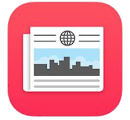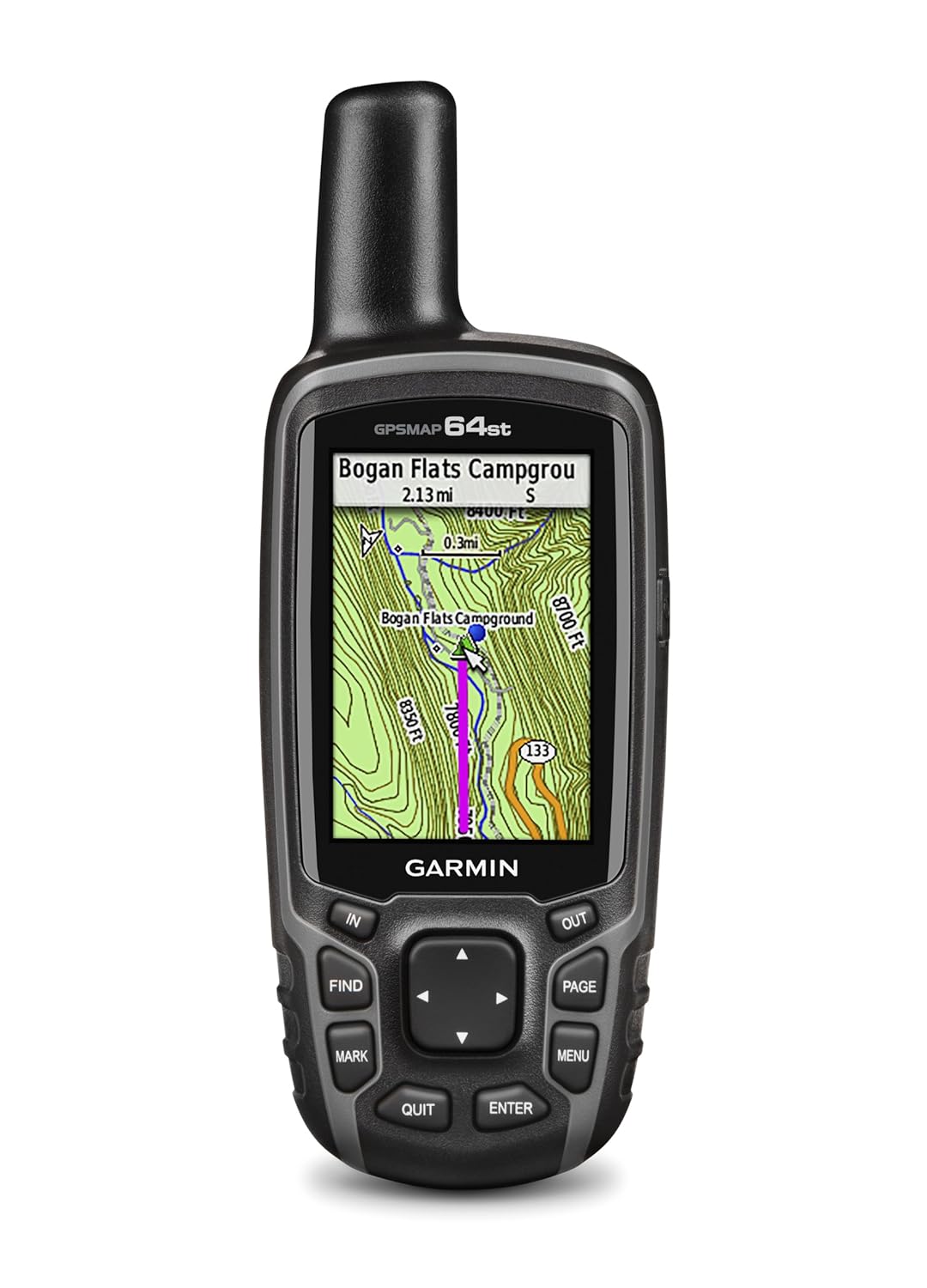How To Not Get Lost Even If Your Nav Stops Working
Tour Guide: “The Cu Chi Tunnels were so long and intricate, we don’t know where they all lead to an end, even now”
Tourist: “Did they not have GPS?”
The GPS has become an essential part of travel. It is built into every car that has been produced in the last few years and is one of the top most used apps on a smartphone.
Without the GPS most people that travel these days would be lost. We are very reliant on the technology to get us to places we want to see. Many folks wonder as we have on our road trips, how did people ever travel without this positioning system. Back then they used maps. But maps don't tell you when to take the next turn or recalculate the route if you miss an exit or the road is closed.
It is a great skill to be able to read and utilize a map. We have found that out for ourselves in our road trips, especially one in particular.
Story:
We took a car road trip up North with the main event being a drive-in movie theater. The day we drove up the weather was great, nice and crisp early fall. A day or so before there was a major storm that went through the area and brought a lot of rain. This did not impact our drive there and we figured we were good. We enjoyed the movie and the experience. Got some popcorn and enjoyed the outdoors. At dusk, we started heading back home. We plugged in the route into the GPS. After a few minutes of driving, we can to the road that was closed due to significant damage from the rain. As we found out this road also happened to be the main vein out of the area. As many time we have tried to get the GPS to map a detour, it took us in circles and back onto that road. At that point, it was dark out. And GPS was not showing us a way out. Out initial reaction was to ask for directions, however, there was no one around. So I pulled off the road, took the GPS off the mount, and used the onscreen display as if I was looking at a standard map. Map reading skill really came in handy! I was able to find a small town road that would take us parallel to the larger road and onto a highway that we needed to get home. Automation is great and GPS is very useful in travel, though the moral here is that you cannot rely on technology all of the time. I still used a digital map but in the old fashion.
Related articles:
Genius Gadgets to Make Your Next the Best Road Trip
How To Read A Map
The first thing you want to find out is the orientation. Since there is no pin or car or dot that says "you are here" on a map, you would need to determine your relative position. Most cartographers align their maps so that the top of the page represents north. On most maps, there is a small arrow-shaped icon with an N beneath it to point you in the right direction. If you are using a digital map as I was in the story below, it should automatically orient itself. Using either digital or paper map it is important to know where you are related to what you see on the map. In our case, there was a tiny car on the screen that showed our approximate location, however, we still needed to determine which way we should go and which roads would take us past the blocked road. Nearby intersections, street signs, even landmarks, and sometimes stores, help you orient yourself, so make sure to look around and then compare the location to what you see on the screen or paper.
Another thing that would be good to know about the map is its scale. The images on the map are scaled down by a certain percentage across the board to somewhat depict their relative locations. If one object is about an inch from another, they could be apart 100 feet to a mile depending on the scale.
Features Of The Map:
» Legend - gives a description and guide of the different features and markings on the map.
» Title - tells you what area the map covers
» Grid References - a map is broken up into grid boxes, with the first 2 digits being the x-value, and the last 2 digits being the y-value. Each grid reference starts with the letter assigned to the map.
» The North Arrow - the arrow tells you which way is the north on the map, which is almost always at the top
» Scale - this will tell you what scale your map is – whether it’s 1:25,000 or 1:50,000.
Watch: How to Read a Topographic Map
Related Travel Gadgets:
Garmin GPSMAP 64st, TOPO U.S. 100K with High-Sensitivity GPS and GLONASS Receiver
Garmin DriveSmart 61 NA LMT-S Advanced Navigation GPS with Smart Features Deluxe Bundle
Sportneer Military Lensatic Sighting Compass with Carrying Bag, Waterproof and Shakeproof
Best Anti-Theft USB Charging Travel Gadget Backpack
Amazon's shopping guide that curates luggage based on carry-on size restrictions by airlines
Shop All-new Kindle Travel Gear
Buy reliable VPN for desktop and mobile for travel and at home
Sound-off: What do you think? Let us know below
If you found this page useful in your gadget search, please recommend us:
Follow us




Sign up for free blog updates
Follow us
Sign up for free blog updates






No comments:
Post a Comment